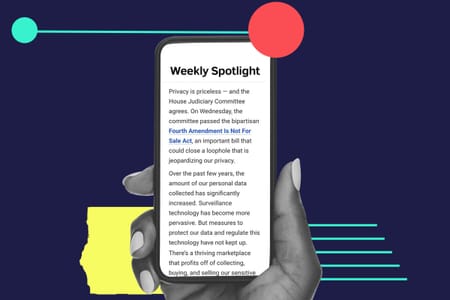FDA and Patient Groups Are Addicted to Drug Industry
As Congress considers the 21st Century Cures Act, a bill that could speed new drugs to market by loosening standards for drug approval, a new investigation by the Project On Government Oversight (POGO) reveals that many of the so-called patient advocacy groups that are calling on Congress to pass the bill have strong ties to the pharmaceutical industry.
For example, National Health Council, which has organized support for the bill and says it provides “a united voice for people with chronic diseases and disabilities,” told POGO that more than three-quarters of its funding last year -- 77 percent -- came from the pharmaceutical and biotech industries. Moreover, the group’s board includes executives from drug companies and the heads of Pharmaceutical Research and Manufacturers of America (PhRMA), the main pharmaceutical industry lobbying group, and Biotechnology Innovation Organization (BIO), the main lobbying group for biotech firms.
In a letter to Congressional leaders signed by National Health Council and more than 200 other groups, they describe themselves as representatives of a “widely diverse community of patients and family caregivers [emphasis added] . . . .”
These findings are part of a new POGO report documenting the extent to which the Food and Drug Administration (FDA) depends upon funding from the pharmaceutical industry -- money that comes with extraordinary strings attached.
The FDA owes much of its budget—almost $800 million in 2015—to “user fees” paid by the drug companies it is meant to regulate. Every five years, the legislation authorizing the FDA to collect the fees expires, and to keep the money coming, the FDA is required by law to negotiate with the pharmaceutical industry. Industry has used the latest round of negotiations—which involved 70 closed-door meetings over a period of months—to advance some of the same objectives covered in the 21st Century Cures Act, such as getting drugs approved on the basis of new and potentially less rigorous types of evidence.
There's nobody truly advocating on behalf of public safety.
During these negotiations with industry, the FDA is also required by law to consult with patient and consumer advocacy groups -- which could serve as a counterweight to industry influence. However, POGO has discovered that these groups are populated to a large extent by pharmaceutical executives and receive significant funding from drug companies.
In fact, more than 90 percent of the groups the FDA included in its latest meetings received funding from the pharmaceutical industry. And more than 35 percent of the groups had people from industry on their boards.
Danielle Brian, POGO Executive Director, says, “This makes a mockery of the drug approval process. The input by patient and advocacy groups should be a bulwark against excessive industry influence, but if they rely heavily on funding from drug companies and put industry executives on their boards, it’s a sham. There’s nobody truly advocating on behalf of public safety.
“In the meantime, I urge Members of Congress to vote against the 21st Century Cures Act. Instead, they should craft a bill that takes science and public health into account more than industry talking points.”
READ THE POGO REPORT
Part 1: FDA Depends on Industry Funding; Money Comes with “Strings Attached”
Part 2: In FDA Meetings, “Voice” of the Patient Often Funded by Drug Companies
Ari Goldberg
Oversight in your inbox
Sent Saturdays
